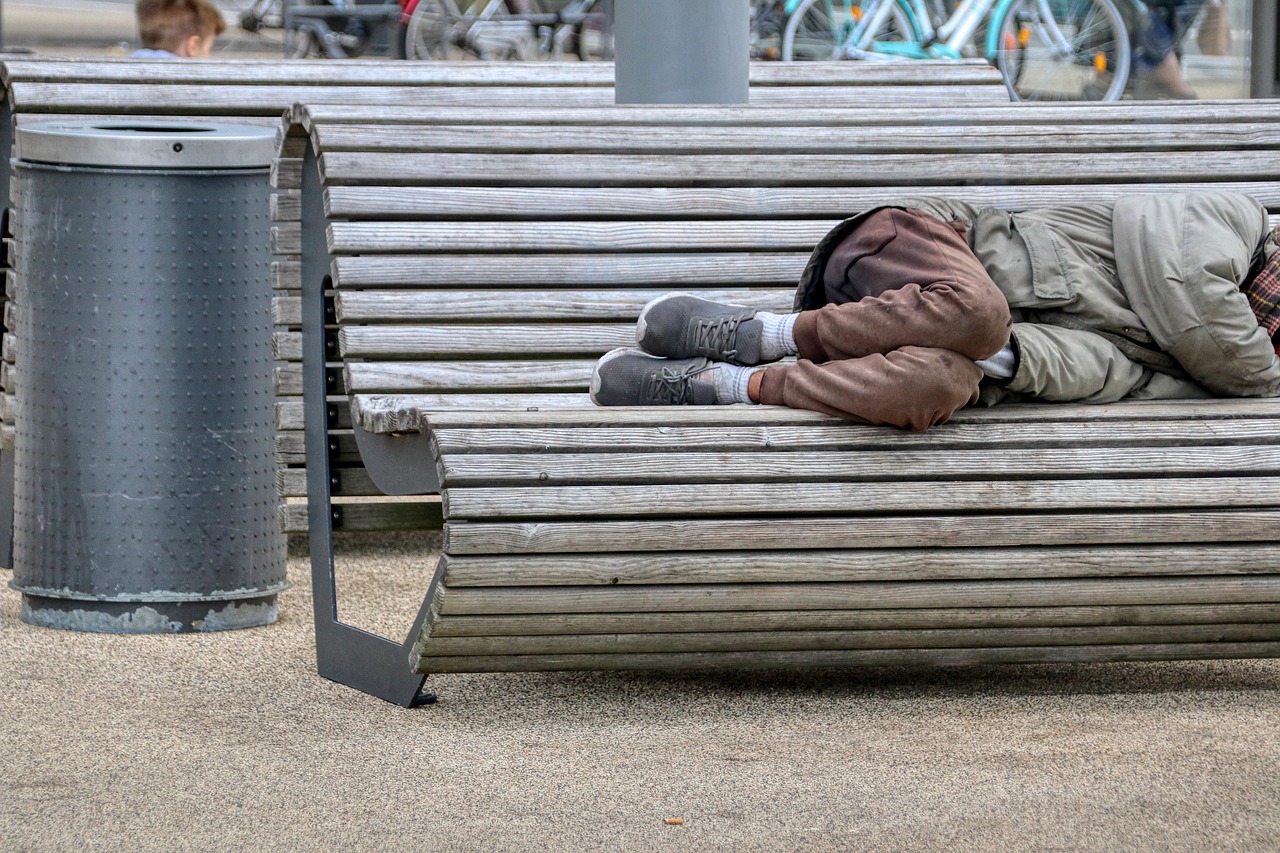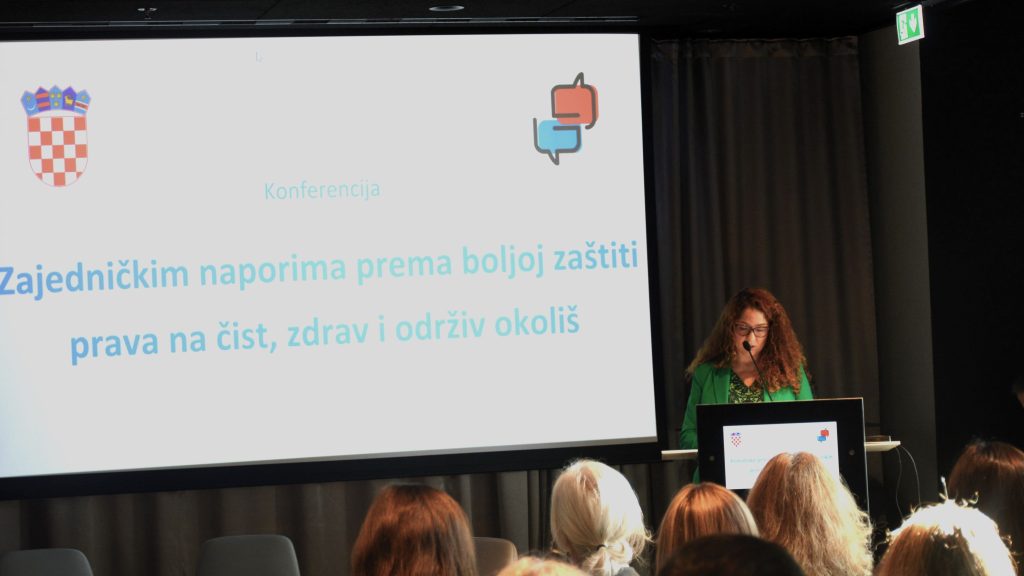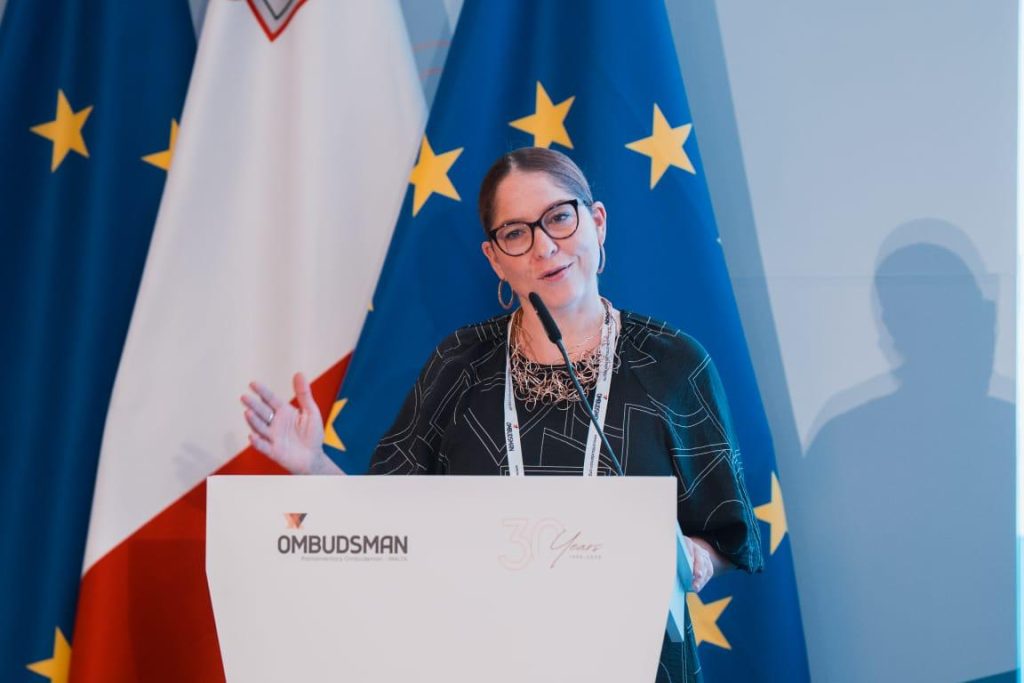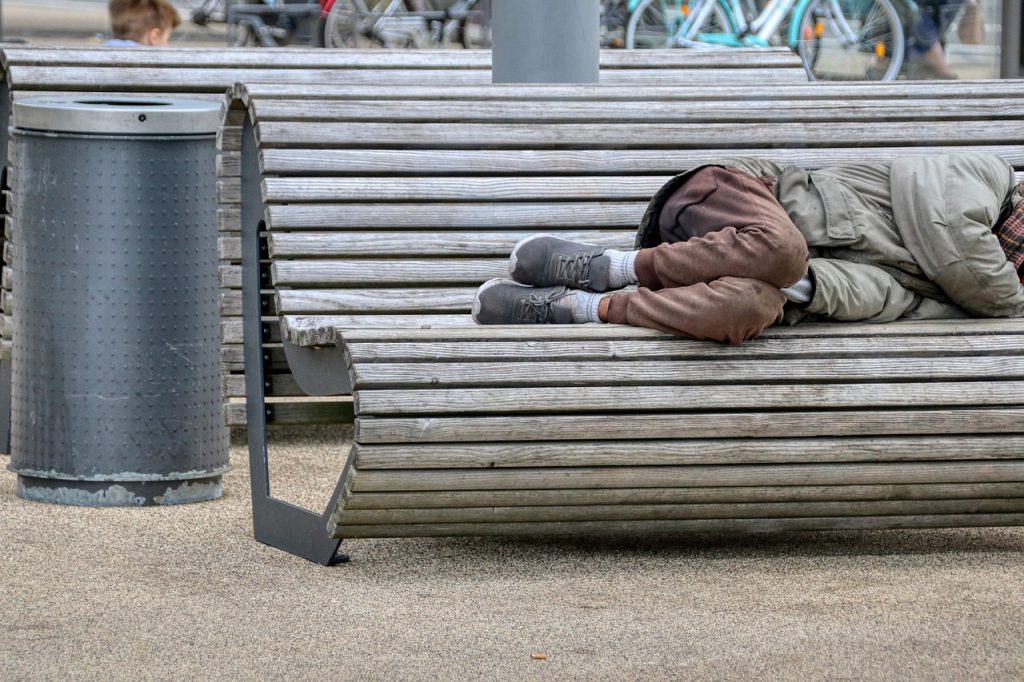Homeless people and their problems remain too often invisible in Croatia – not only to individuals and the general public, but also to the state itself.
Although the Croatian Constitution defines Croatia as a social state, it does not know how many homeless people there actually are, because official statistics include only those recorded by the Croatian Institute for Social Work, which does not reflect the real situation.
Ombudswoman Tena Šimonović Einwalter warned about this in an interview for the Croatian News Agency (Hina), marking World Homeless Day, observed every year on 10 October.
How Many Homeless People Are There in Croatia?
Even according to official data, the number of homeless people has doubled in just two years: in 2022 there were 380, a year later 635, and 803 last year.
At the same time, the Croatian Homeless Network estimates that there are at least 2,000 people who meet the legal definition of homelessness – meaning those accommodated in shelters or overnight facilities, as well as those living in public or other places not intended for housing..
Moreover, the Network estimates that several times more people – at least 10,000 – live without access to water, sanitation, electricity or heating, i.e. in inadequate and unsafe housing conditions.
Years Without Progress
It is unacceptable, the Ombudswoman stressed, that for years there has been no change in the state’s approach to homelessness – neither in terms of prevention, nor in terms of response, assistance or support to help homeless people escape the vicious cycle.
Therefore, when it comes to homelessness, Croatia cannot be said to be passing the test of caring for those most in need of help and support.
Several actions are necessary – as set out in the Ombudswoman’s latest report to the Croatian Parliament:
- establish how many homeless people there are in Croatia;
- learn directly from them what their main problems are;
- based on that, prepare the first National Strategy for Combating Homelessness;
- prepare a protocol for dealing with homelessness, to serve as guidelines for all institutions working with homeless people, especially in the most complex situations – for instance, when a person’s health is at risk.
As the Ombudswoman explained, work on any issue of such importance must be structured and coordinated: assessing the current situation, defining goals, determining responsibilities, and ensuring that different sectors cooperate effectively.
However, according to the latest information, this is not likely to happen soon.
In its opinion on the Ombudswoman’s 2024 Annual Report, the Government of the Republic of Croatia responded to the recommendation to develop such a strategy by saying that it would be unnecessary.
It also failed to respond to recommendations on mapping homelessness – to identify how many homeless people there really are and what problems they most often face – or on the proposed protocol for coordinated action.
This is not a satisfactory response at a time when the number of homeless people is increasing, and sadly, the Ombudswoman warned, that number is likely to grow further.
Local authorities also bear responsibility: under the Social Welfare Act, larger cities (those with more than 35,000 inhabitants) and county centers are required to provide temporary accommodation for homeless people in shelters and/or night shelters.
However, not all comply – for example, in eastern Croatia there is only one homeless shelter, located in Osijek.
Those Who Help Also Need Support
Many citizens have encountered obstacles when seeking healthcare, but for many homeless people the situation is far worse: they are entitled only to emergency medical assistance, as they do not have a registered residence and cannot, in practice, regulate it – even though they are formally entitled to do so.
As a result, they often do not seek medical help until absolutely necessary.
When they are discharged from hospital, hospitals often have nowhere to release them, as there are not enough accommodation facilities.
In such cases, the burden falls on civil society, humanitarian and faith-based organisations, which step in to resolve these situations.
This situation is similar to that of other vulnerable groups in society: civil society organisations play a crucial role in providing help and care, yet they themselves lack adequate institutional support. Their projects are often short-term, funding competitions are delayed, and they must constantly find alternative ways to continue their work.
There is, however, a positive development – the Ombudswoman’s recommendation to organise training for providers of social accommodation services, specifically on accommodating homeless people with severe health conditions, will soon be implemented.
The Ombudswoman also described the case of an elderly homeless man, aged 72, who spent two months without income or accommodation due to administrative formalities. He lost his national allowance for older persons when he received a decision granting him priority placement in a care home – but that decision only confirmed his right to placement, not an actual place. As there was no available space, he remained without shelter and without income. The Ombudswoman’s intervention ensured that he was eventually placed in a home, but this would not have happened without the efforts of a volunteer who filed the complaint and persistently advocated for a resolution.
In conclusion, the Ombudswoman stated that Croatia must finally “open its eyes” and truly see the homeless as a part of our society, together with the serious problems they and those who help them face.
Closing one’s eyes does not make the problems disappear – it only shows a lack of will to act.
Alongside Ombudswoman Šimonović Einwalter, Zvonko Mlinar, Executive President of the Croatian Homeless Network, and Đordana Barbarić, former President of the MoSt Association from Split, also spoke to Hina about the challenges of homelessness and possible solutions.
Source: Office of the Ombudswoman / Hina / Mladenka Tomić





